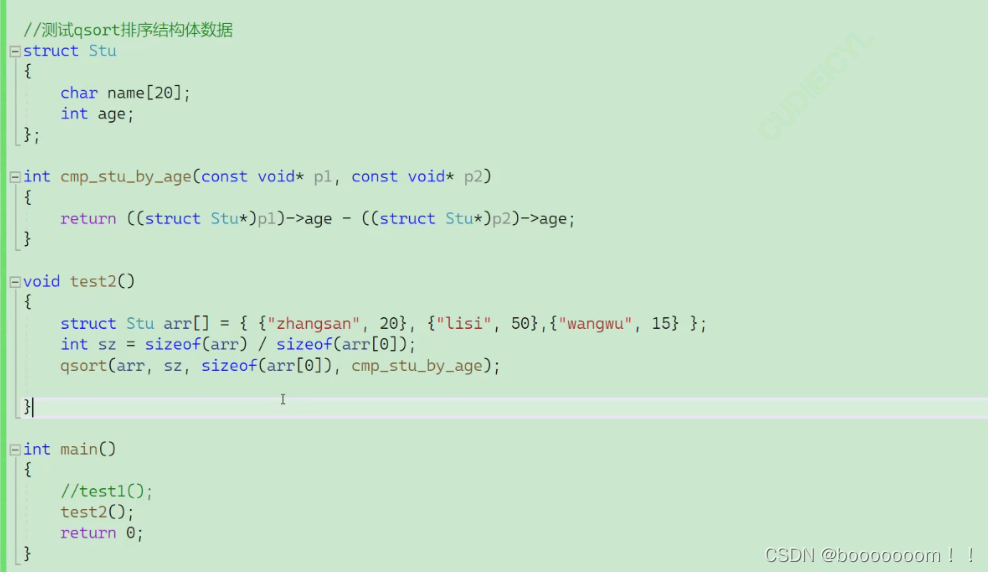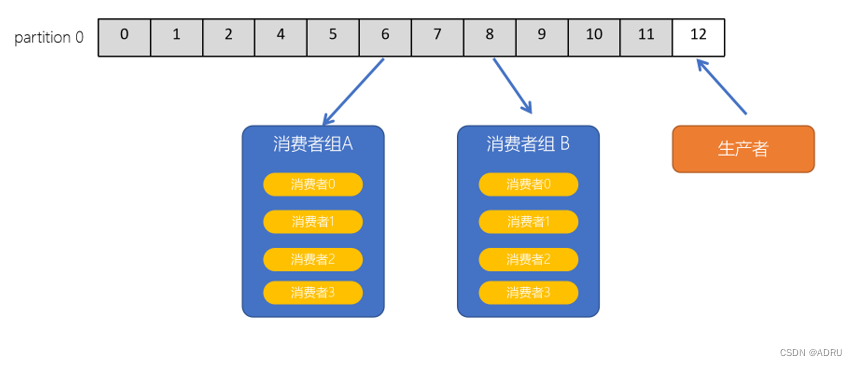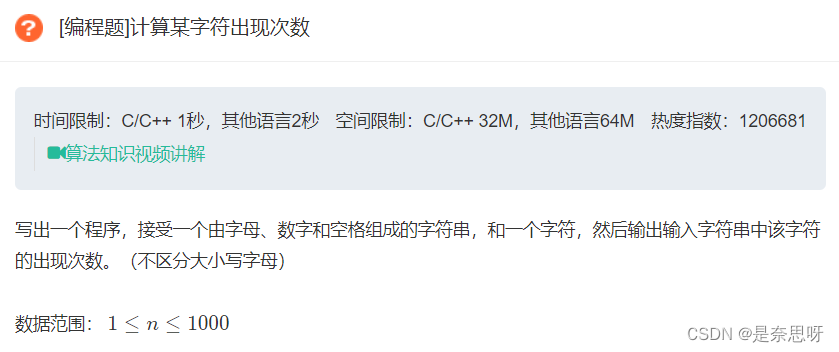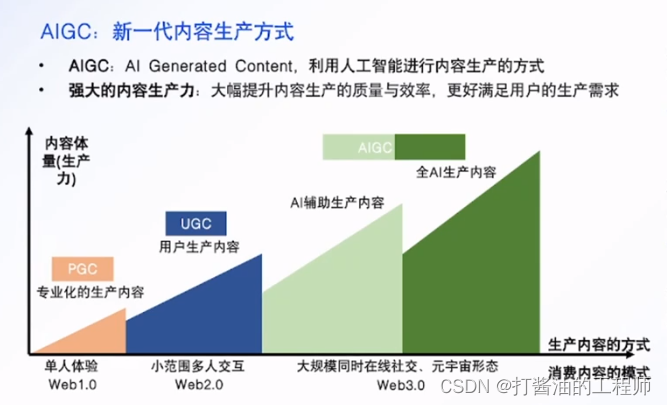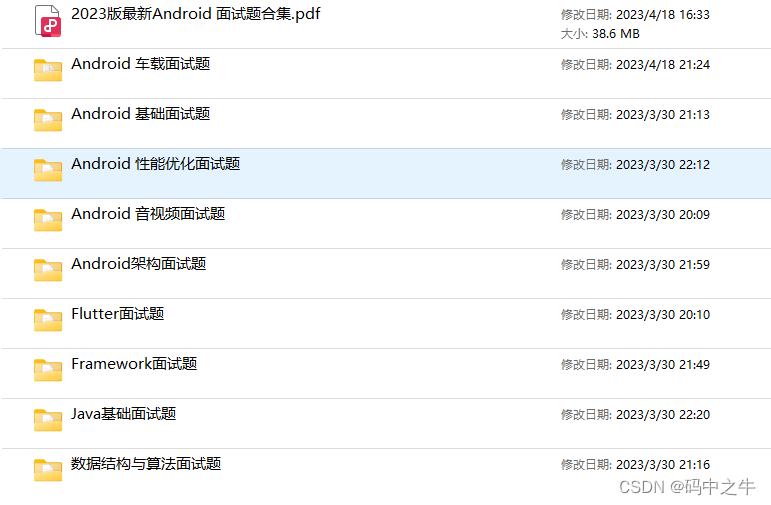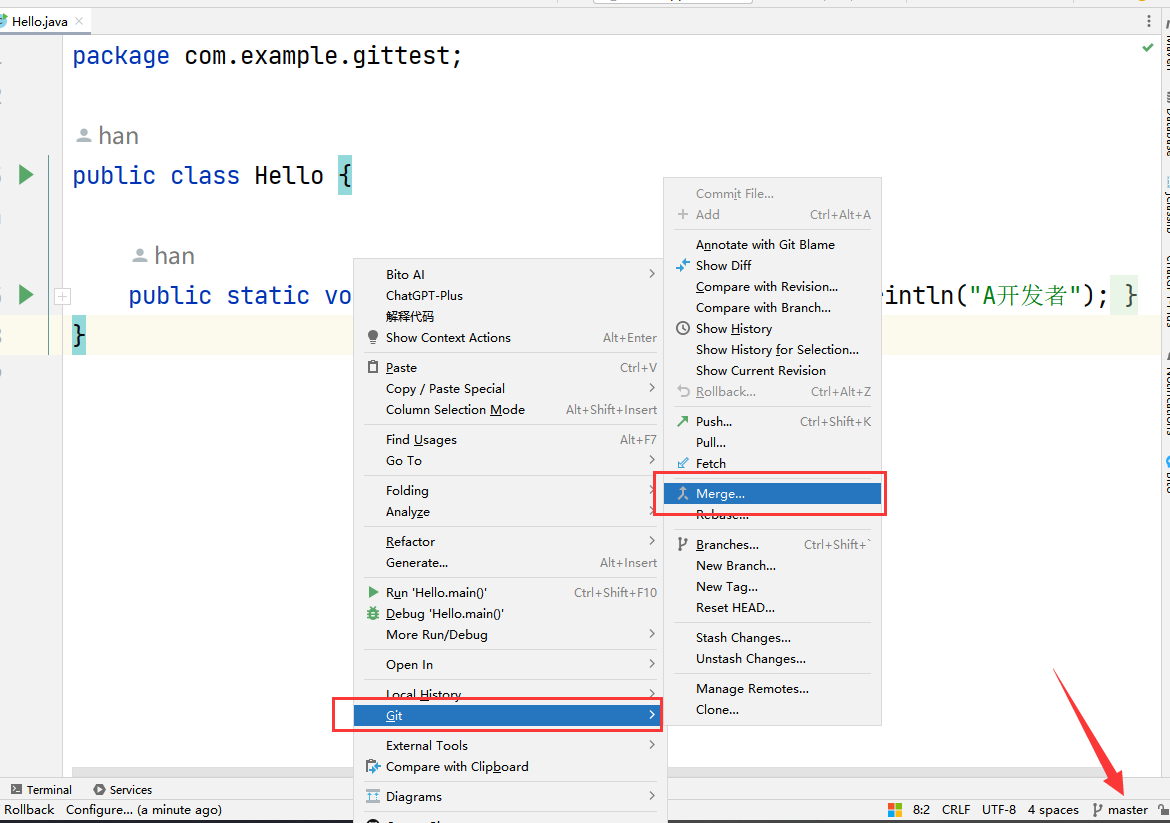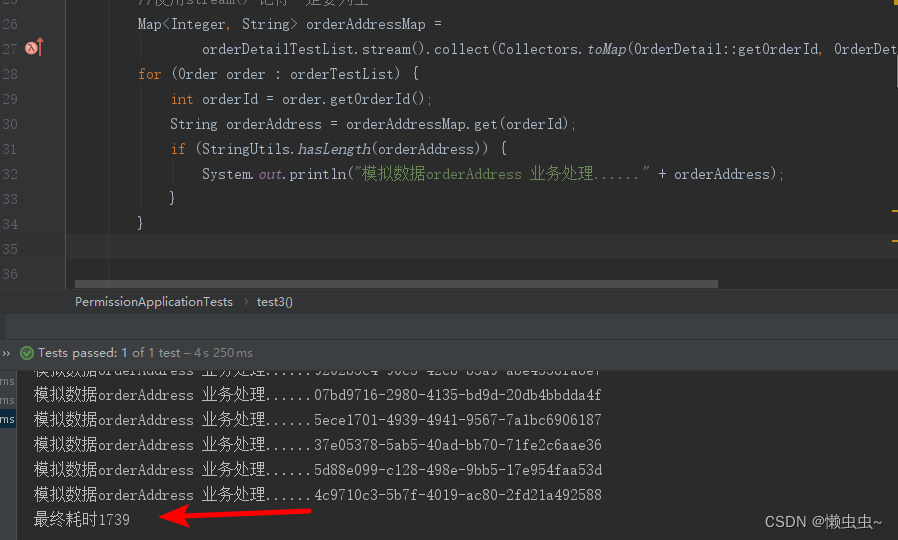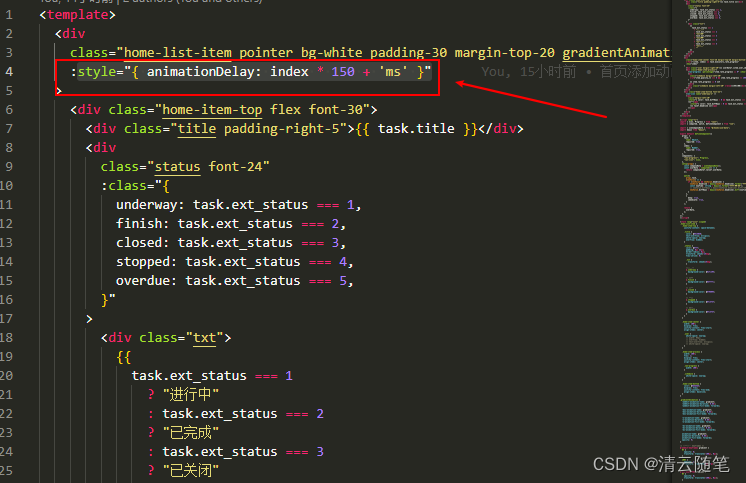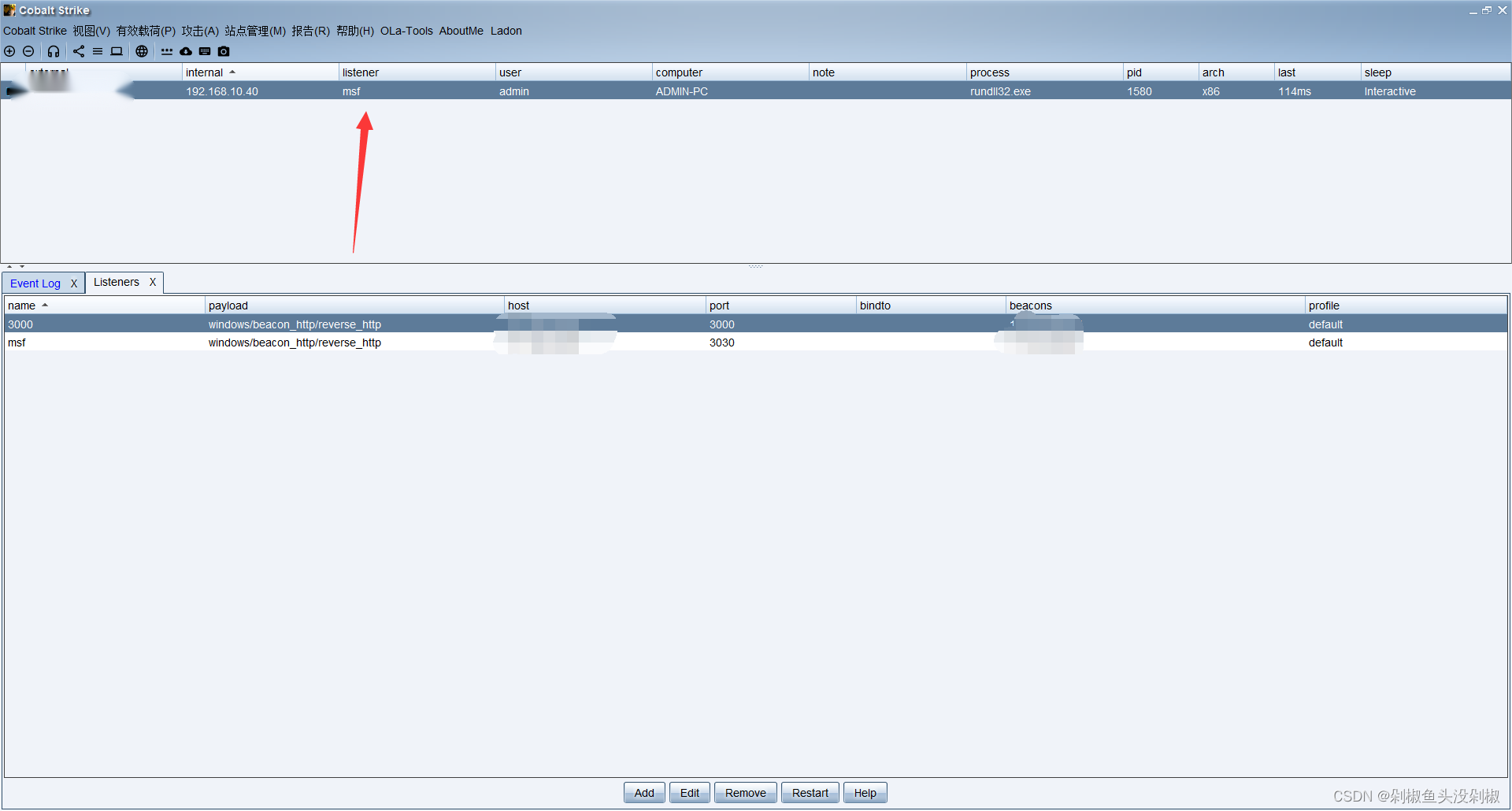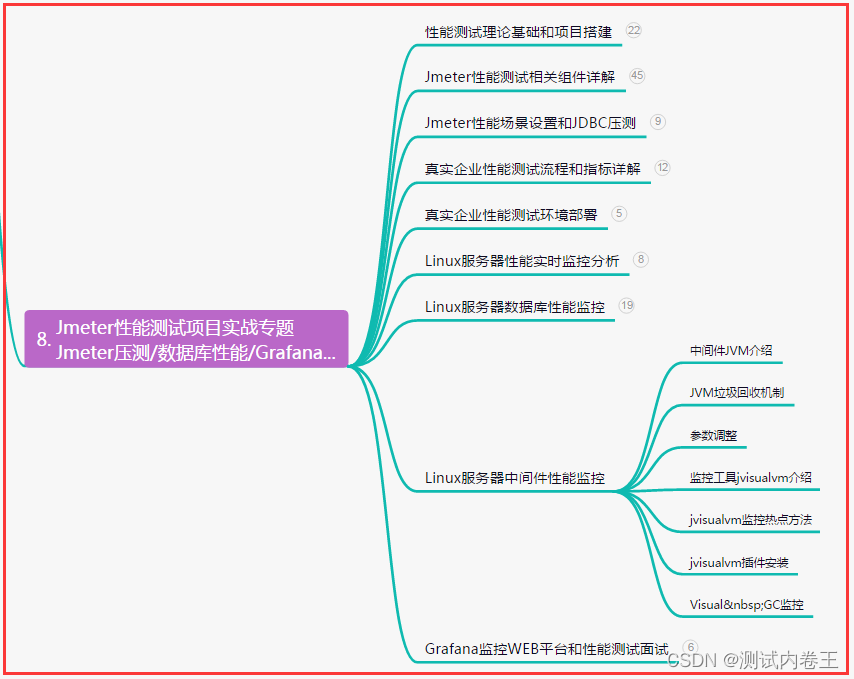[STL]list使用
注:本文测试环境是visual studio2019。
文章目录
- [STL]list使用
- 1. list介绍
- 2. 构造函数
- 3. 迭代器相关函数
- begin函数和end函数
- rbegin函数和rend函数
- 4. 容量相关函数
- empty函数
- size函数
- 5. 数据修改函数
- push_back函数和pop_back函数
- push_front函数和pop_front函数
- insert函数和erase函数
- swap函数
- resize函数
- clear函数
- 6. 数据操作函数
- sort函数
- reverse函数
- merge函数
- unique函数
- remove函数
- splice函数
1. list介绍
- list是可以在常量时间内在任意位置进行插入和删除的序列式容器,并且该容器可以前后双向迭代。
- list的底层是双向链表结构,双向链表中每个元素存储在互不相关的独立节点中,在节点中通过指针指向其前一个元素和后一个元素。
- list与forward_list非常相似:最主要的不同在于forward_list是单链表,只能朝前迭代,已让其更简单高效。
- 与其他的序列式容器相比(array,vector,deque),list通常在任意位置进行插入、移除元素的执行效率更好。
- 与其他序列式容器相比,list和forward_list最大的缺陷是不支持任意位置的随机访问,比如:要访问list 的第6个元素,必须从已知的位置(比如头部或者尾部)迭代到该位置。
2. 构造函数

(1)构造函数
默认构造函数。
list<int> l; //创建一个空list
(2)构造函数
创建一个有n个结点,结点数据为val的list。
list<int> l(10, 66);
(3)构造函数
使用迭代器构造列表。
vector<int> v(10, 6);
list<int> l(v.begin(), v.end()); //创建一个存储int类型的链表,使用v初始化数据
(4)构造函数
拷贝构造函数
list<int> l1(10,6);
list<int> l2(l1); //使用l2拷贝构造l1
3. 迭代器相关函数
begin函数和end函数
begin函数:
返回指向list第一个结点的正向迭代器。
end函数:
返回指向list结尾的正向迭代器。
#include <iostream>
#include <list>
#include <vector>
using namespace std;
int main()
{
vector<int> v;
v.push_back(1); //在list中尾插数据1
v.push_back(2); //在list中尾插数据2
v.push_back(3); //在list中尾插数据3
v.push_back(4); //在list中尾插数据4
list<int> l(v.begin(), v.end());
list<int>::iterator it = l.begin();
while (it != l.end())
{
cout << *it << " ";
it++;
}
cout << endl; //输出为 1 2 3 4
return 0;
}
rbegin函数和rend函数
rbegin函数:
返回指向list最后一个含有数据的结点的反向迭代器。
rend函数:
指向list反向结尾的反向迭代器。
#include <iostream>
#include <list>
#include <vector>
using namespace std;
int main()
{
vector<int> v;
v.push_back(1); //在list中尾插数据1
v.push_back(2); //在list中尾插数据2
v.push_back(3); //在list中尾插数据3
v.push_back(4); //在list中尾插数据4
list<int> l(v.begin(), v.end());
list<int>::reverse_iterator it = l.rbegin();
while (it != l.rend())
{
cout << *it << " ";
it++;
}
cout << endl; //输出为 4 3 2 1
return 0;
}
4. 容量相关函数
empty函数
判断list是否为空.
#include <iostream>
#include <list>
#include <vector>
using namespace std;
int main()
{
list<int> l1;
list<int> l2(5, 6);
cout << l1.empty() << endl;//输出为1
cout << l2.empty() << endl;//输出为0
return 0;
}
size函数
获取list存储的结点个数。
#include <iostream>
#include <list>
#include <vector>
using namespace std;
int main()
{
vector<int> v;
v.push_back(1); //在list中尾插数据1
v.push_back(2); //在list中尾插数据2
v.push_back(3); //在list中尾插数据3
v.push_back(4); //在list中尾插数据4
list<int> l(v.begin(), v.end());
cout << l.size() << endl; //输出为4
return 0;
}
5. 数据修改函数
push_back函数和pop_back函数
push_back函数:
在list结尾插入结点。
#include <iostream>
#include <list>
using namespace std;
int main()
{
list<int> l;
l.push_back(1);
l.push_back(2);
l.push_back(3);
cout << l.size() << endl; //输出为3
return 0;
}
pop_back函数:
在list结尾删除结点。
#include <iostream>
#include <list>
using namespace std;
int main()
{
list<int> l;
l.push_back(1);
l.push_back(2);
l.push_back(3);
cout << l.size() << endl; //输出为3
l.pop_back();
l.pop_back();
cout << l.size() << endl; //输出为1
l.pop_back();
//l.pop_back(); -- 报错 -- 没有结点可删
return 0;
}
push_front函数和pop_front函数
push_front函数:
在list中头插结点。
#include <iostream>
#include <list>
using namespace std;
int main()
{
list<int> l;
l.push_front(1);
l.push_front(2);
l.push_front(3);
l.push_front(4);
list<int>::iterator it = l.begin();
while (it != l.end())
{
cout << *it << " ";
++it;
}
cout << endl; // 输出为 4 3 2 1
return 0;
}
pop_front函数:
在list中头删结点。
#include <iostream>
#include <list>
using namespace std;
int main()
{
list<int> l;
l.push_front(1);
l.push_front(2);
l.push_front(3);
l.push_front(4);
list<int>::iterator it = l.begin();
while (it != l.end())
{
cout << *it << " ";
++it;
}
cout << endl;
l.pop_front();
l.pop_front();
it = l.begin();
while (it != l.end())
{
cout << *it << " ";
++it;
}
cout << endl; // 输出为 2 1
return 0;
}
insert函数和erase函数
和vector容器类似,list容器也没有提供find函数,而insert函数和erase函数是需要配合迭代器使用的,因此需要使用算法库的find函数。

find函数查找成功会返回指向数据的迭代器,失败会返回传入的last迭代器,注意find函数的查找范围是从first迭代器至last迭代器前,不包括last迭代器。
insert函数
功能1: 在某一位置插入结点。
#include <iostream>
#include <list>
#include <algorithm>
using namespace std;
int main()
{
list<int> l;
l.push_back(1);
l.push_back(2);
l.push_back(3);
l.push_back(4);
list<int>::iterator pos = find(l.begin(), l.end(), 2);
l.insert(pos, 66);
list<int>::iterator it = l.begin();
while (it != l.end())
{
cout << *it << " ";
++it;
}
cout << endl; //输出为1 66 2 3 4
return 0;
}
功能2: 在某一位置插入n个存储相同数据的结点。
#include <iostream>
#include <list>
#include <algorithm>
using namespace std;
int main()
{
list<int> l;
l.push_back(1);
l.push_back(2);
l.push_back(3);
l.push_back(4);
list<int>::iterator pos = find(l.begin(), l.end(), 2);
l.insert(pos, 3, 66);
list<int>::iterator it = l.begin();
while (it != l.end())
{
cout << *it << " ";
++it;
}
cout << endl; //输出为1 66 66 66 2 3 4
return 0;
}
功能3: 传入其他list容器或者其他类型容器的迭代器,将传入的迭代器区间内的数据插入。
#include <iostream>
#include <list>
#include <algorithm>
using namespace std;
int main()
{
list<int> l1(3, 66);
list<int> l2;
l2.push_back(1);
l2.push_back(2);
l2.push_back(3);
list<int>::iterator pos = find(l2.begin(), l2.end(), 2);
l2.insert(pos, l1.begin(), l1.end());
list<int>::iterator it = l2.begin();
while (it != l2.end())
{
cout << *it << " ";
++it;
}
cout << endl; //输出为1 66 66 66 2 3
return 0;
}
erase函数
功能1: 删除迭代器指向的结点。
#include <iostream>
#include <list>
#include <algorithm>
using namespace std;
int main()
{
list<int> l;
l.push_back(1);
l.push_back(2);
l.push_back(3);
list<int>::iterator pos = find(l.begin(), l.end(), 2);
l.erase(pos);
list<int>::iterator it = l.begin();
while (it != l.end())
{
cout << *it << " ";
++it;
}
cout << endl; // 输出为 1 3
return 0;
}
功能2: 将迭代器范围的结点都删除。
#include <iostream>
#include <list>
#include <algorithm>
using namespace std;
int main()
{
list<int> l;
l.push_back(1);
l.push_back(2);
l.push_back(3);
l.push_back(4);
l.push_back(5);
list<int>::iterator start = find(l.begin(), l.end(), 2);
list<int>::iterator finish = find(l.begin(), l.end(), 5);
l.erase(start, finish);
list<int>::iterator it = l.begin();
while (it != l.end())
{
cout << *it << " ";
++it;
}
cout << endl; // 输出为 1 5
return 0;
}
swap函数
将两个list数据交换,通过交换list指向的头结点实现。
#include <iostream>
#include <list>
using namespace std;
int main()
{
list<int> l1(3, 66);
list<int> l2;
l2.push_back(1);
l2.push_back(2);
l2.push_back(3);
l1.swap(l2);
list<int>::iterator it1 = l1.begin();
while (it1 != l1.end())
{
cout << *it1 << " "; //输出为 1 2 3
++it1;
}
cout << endl;
list<int>::iterator it2 = l2.begin();
while (it2 != l2.end())
{
cout << *it2 << " "; //输出为 66 66 66
++it2;
}
cout << endl;
return 0;
}
resize函数

- 如果n < size, 会将结点删除至list只有n个结点,由于list结点的释放成本是不高的,因此不同于vector只是将末尾指向修改,list会实际上的在调用resize函数时的删除结点。
- 如果n > size,就将插入结点使得list有n个结点
#include <iostream>
#include <list>
using namespace std;
int main()
{
list<int> l;
l.push_back(1);
l.push_back(2);
l.push_back(3);
l.push_back(4);
l.push_back(5);
cout << l.size() << endl; //输出为5
l.resize(3); // n < size
cout << l.size() << endl; //输出为3
l.resize(6); // n > size
cout << l.size() << endl; //输出为6
return 0;
}
clear函数
释放所有结点,使得list为空链表。
#include <iostream>
#include <list>
using namespace std;
int main()
{
list<int> l(66, 6);
cout << l.size() << endl; // 输出为66
l.clear();
cout << l.size() << endl; // 输出为0
return 0;
}
6. 数据操作函数
sort函数
对list中的数据进行排序。
#include <iostream>
#include <list>
using namespace std;
int main()
{
list<int> l1;
l1.push_back(2);
l1.push_back(1);
l1.push_back(4);
l1.push_back(7);
l1.push_back(5);
l1.push_back(9);
l1.push_back(8);
l1.sort();
list<int>::iterator it = l1.begin();
it = l1.begin();
while (it != l1.end())
{
cout << *it << ' '; //输出为: 1 2 4 5 7 8 9
it++;
}
return 0;
}
注: 由于list是链表实现的,迭代器是双向迭代器,因此不能调用algorithm库内的sort函数,因此需要单独设计sort函数,但是list的sort函数由于结构原因导致性能不高。
reverse函数
将list内的结点逆置。
#include <iostream>
#include <list>
using namespace std;
int main()
{
list<int> l;
l.push_back(1);
l.push_back(2);
l.push_back(3);
l.push_back(4);
list<int>::iterator it = l.begin();
while (it != l.end())
{
cout << *it << ' '; //输出为: 1 2 3 4
it++;
}
l.reverse(); //将list逆置
it = l.begin();
while (it != l.end())
{
cout << *it << ' '; //输出为: 4 3 2 1
it++;
}
cout << endl;
return 0;
}
merge函数
如果两个list有序并且排序方式相同,可以将一个list的结点连接到另一个list上并保持有序,排序方式和连接前相同。
#include <iostream>
#include <list>
using namespace std;
int main()
{
list<int> l1;
l1.push_back(1);
l1.push_back(2);
l1.push_back(3);
l1.push_back(4);
list<int> l2;
l2.push_back(6);
l2.push_back(7);
l2.push_back(8);
l2.push_back(9);
l2.merge(l1); //将l1的结点连接到l2,连接后l1为空
list<int>::iterator it = l2.begin();
while (it != l2.end())
{
cout << *it << ' ';
it++;
}
cout << endl;
return 0;
}
unique函数
只能给数据有序的list进行数据去重操作,如果数据无序去重操作会出现问题。
#include <iostream>
#include <list>
using namespace std;
int main()
{
list<int> l;
l.push_back(1);
l.push_back(2);
l.push_back(2);
l.push_back(2);
l.push_back(3);
l.push_back(3);
l.push_back(3);
l.push_back(4);
l.unique(); //对list内的数据去重
list<int>::iterator it = l.begin();
while (it != l.end())
{
cout << *it << ' '; // 输出为: 1 2 3 4
it++;
}
cout << endl;
return 0;
}
remove函数
查找对应的数据并进行删除操作,数据存在就删除,不存在不会进行任何操作。
#include <iostream>
#include <list>
using namespace std;
int main()
{
list<int> l;
l.push_back(1);
l.push_back(2);
l.push_back(3);
l.push_back(4);
l.remove(3); //删除数据为3的结点
list<int>::iterator it = l.begin();
while (it != l.end())
{
cout << *it << ' '; //输出为: 1 2 4
it++;
}
cout << endl;
return 0;
}
splice函数
将以一个list的指定部分的结点转移给其他list。
#include <iostream>
#include <list>
using namespace std;
int main()
{
list<int> l1;
l1.push_back(1);
l1.push_back(2);
l1.push_back(3);
l1.push_back(4);
list<int> l2;
l2.push_back(5);
l2.push_back(6);
l2.push_back(9);
l2.push_back(8);
list<int>::iterator it = l1.begin();
l1.splice(it, l2); //将l2的所有结点转移到l1的begin位置
it = l1.begin();
while (it != l1.end())
{
cout << *it << ' '; //输出为:5 6 9 8 1 2 3 4
it++;
}
return 0;
}

